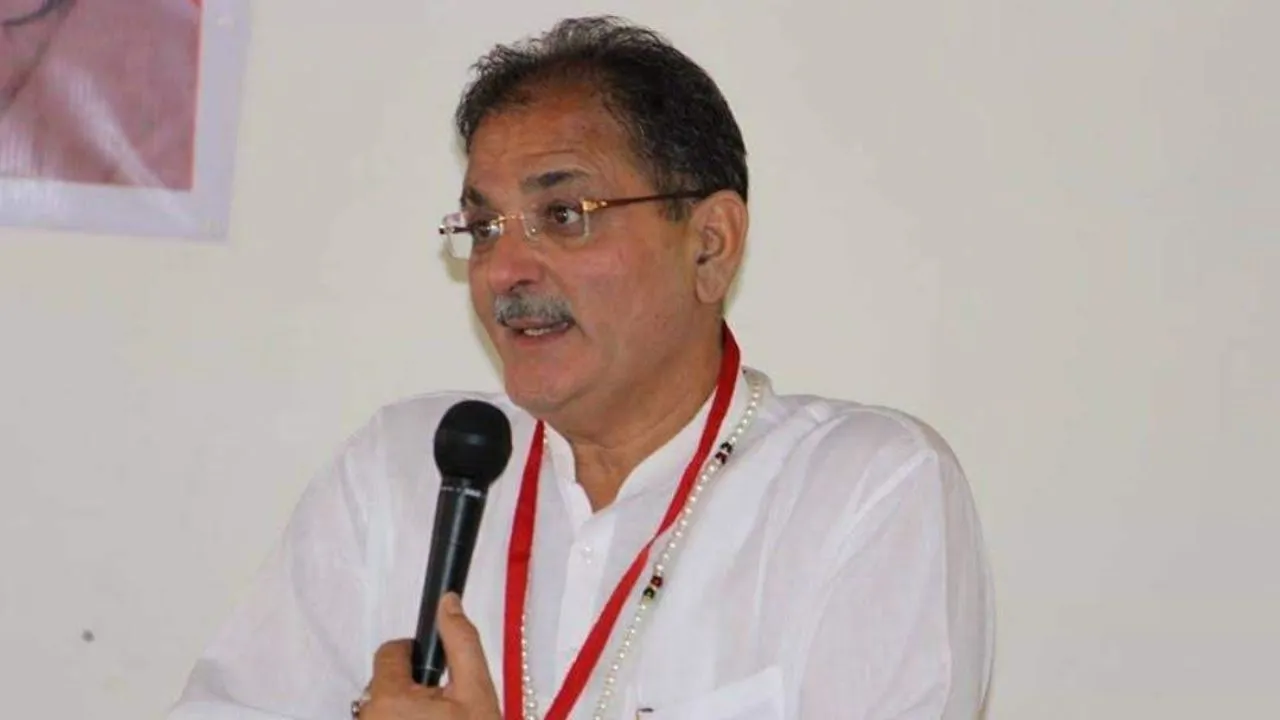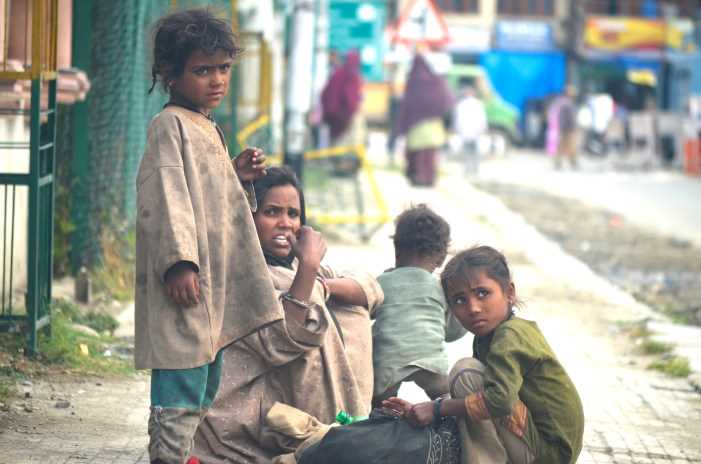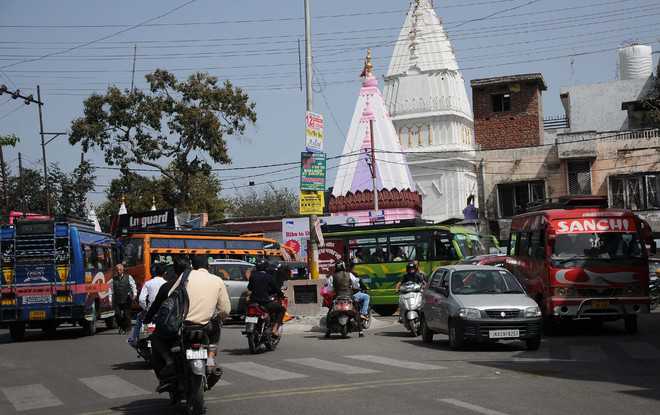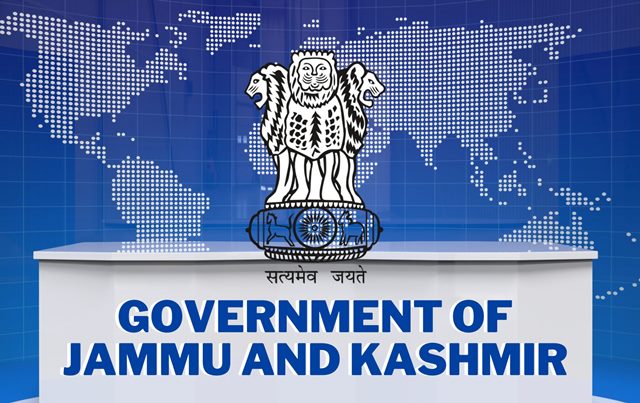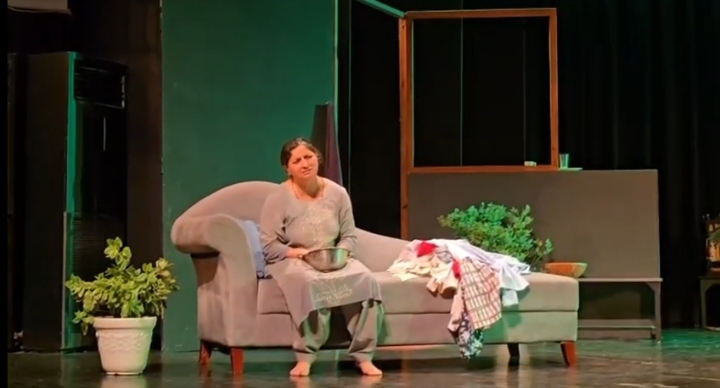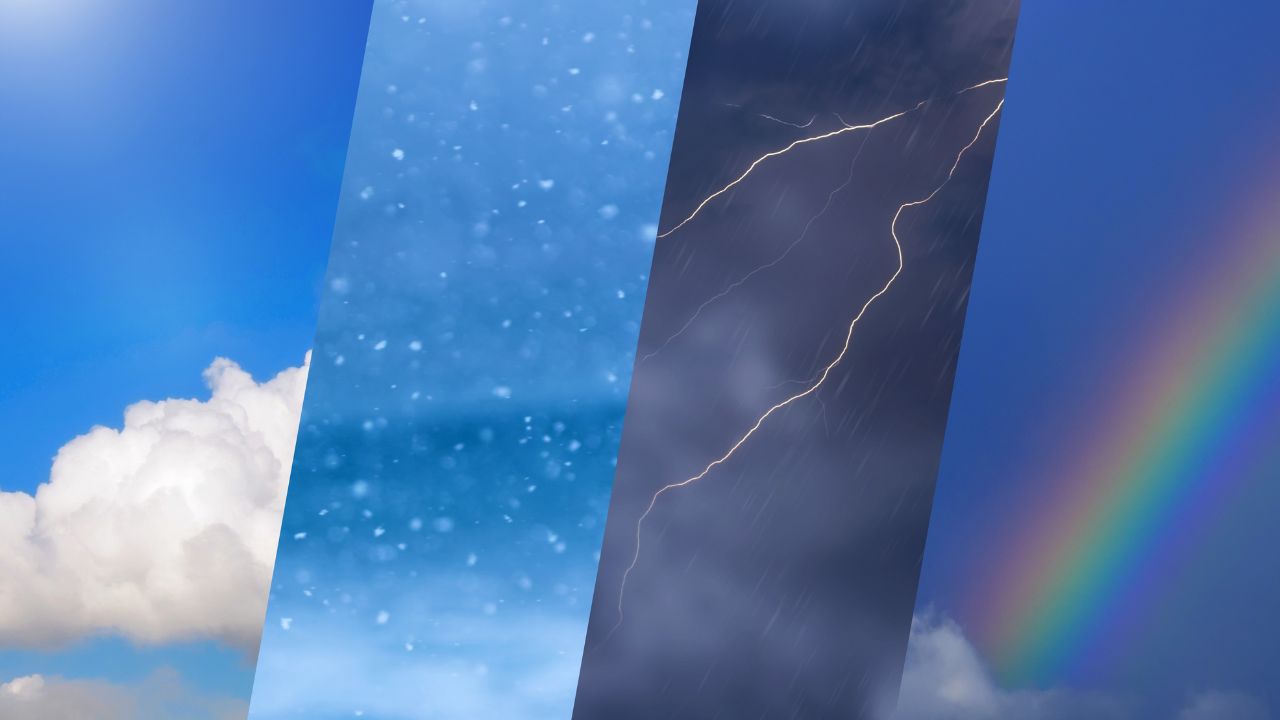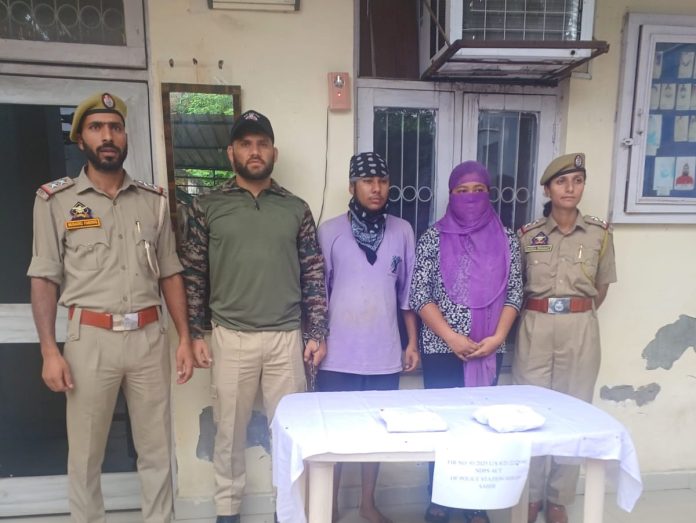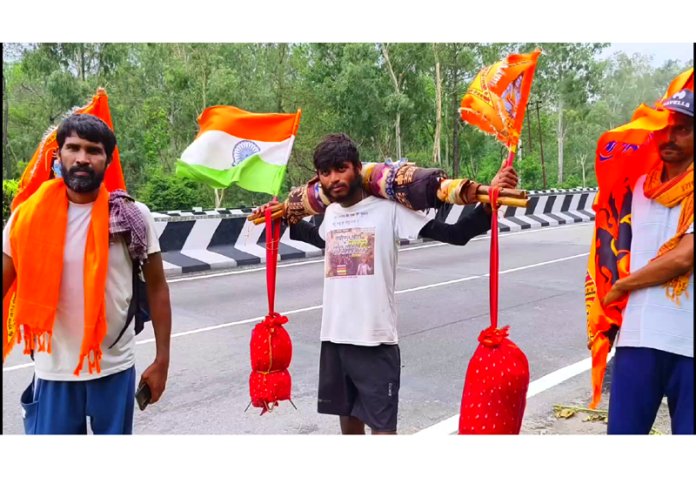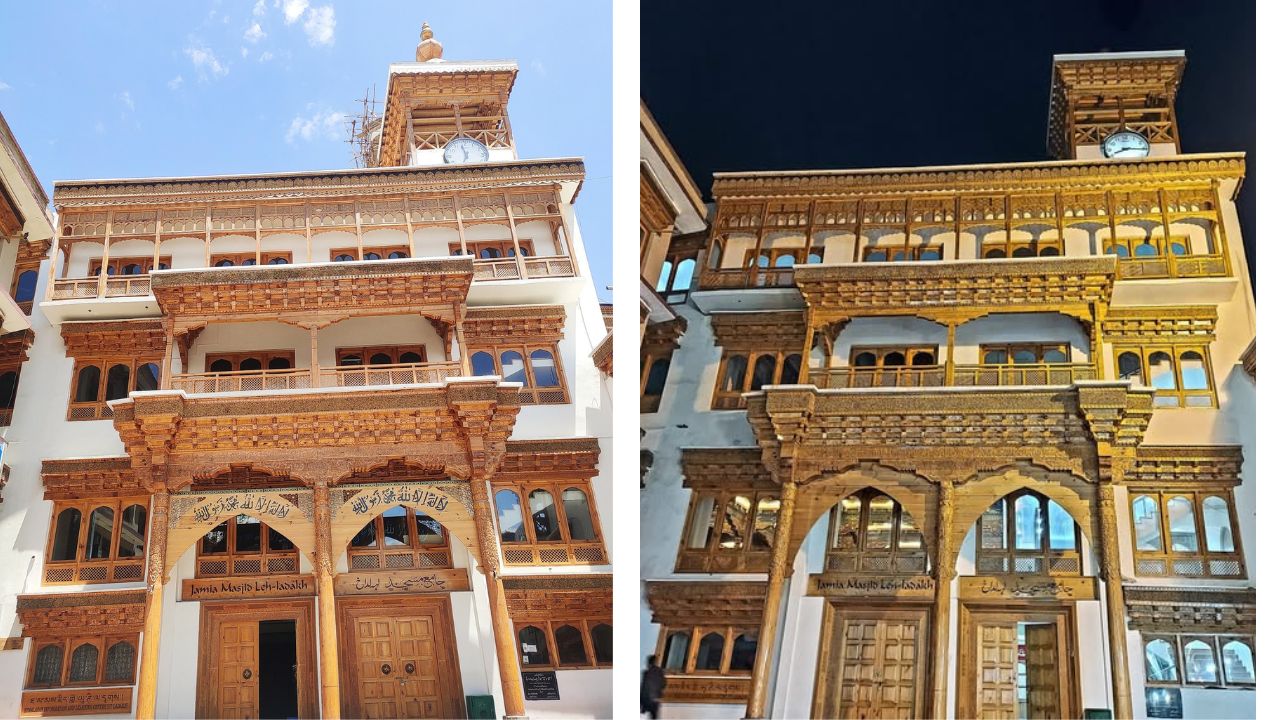In the heart of Jammu city, perched majestically on the banks of the serene Tawi River, stands the historic Bahu Fort, a symbol of devotion, history, and heritage. Within this ancient stronghold lies the Bawe Wali Mata Temple, dedicated to Goddess Mahakali, fondly revered by locals as their guardian deity. This sacred temple not only draws thousands of devotees but also serves as the spiritual nucleus during the famous Bahu Fort Mela, a grand religious fair that illuminates the region during Navratras—celebrated twice every year in March-April and again in September-October. The Bahu Fort Mela in is primarily organized by the Directorate of Tourism, Jammu.
Read also: Information About Bawe Wali Mata Jammu
Navratra Festivities: The Heartbeat of Bahu Fort Mela
During Navratra celebrations in Jammu, Bahu Fort transforms into a vibrant hub of devotion and festivity. Thousands of devotees arrive early in the morning, some standing in long queues for hours, eagerly waiting for the divine Darshan of Bawe Wali Mata. The air resonates with spiritual chants like “Jaikaara Maa Bawe Wale Mata Da, Bolo Sache Darbar Ki Jai,” echoing from the temple courtyard.
The entire fort radiates divine energy as incense smoke rises, drums beat rhythmically, and the temple bells ring continuously. Devotees meditate, chant hymns, and offer prayers at the feet of the Goddess. The idol of Mahakali, carved from black stone and enshrined within the temple’s sanctum, is adorned with exquisite Dogra jewellery like nath, mang tikka, nama set, and traditional garments. Her form is not only sacred but also a powerful symbol of Dogra cultural identity.
Sacred Rituals and Evolving Traditions
One of the most deeply rooted traditions of the Bahu Fort Mela is the symbolic animal offering, known locally as Shilly Charana. While earlier centuries saw actual animal sacrifices, the modern version of this practice has taken a compassionate turn. Devotees bring a goat to a designated ritual pit outside the temple. A priest then performs a set of rites and sprinkles holy water on the animal. If the goat shudders, it’s interpreted as a sign of divine acceptance, and the animal is released unharmed.
This ritual reflects a beautiful synthesis of age-old customs and modern values, preserving spiritual sanctity while promoting ethical practices. Such thoughtful adaptations underscore the fort’s role as a living embodiment of evolving spirituality.
Cultural Echoes: Karkan and Dogra Folk Legacy
Beyond the spiritual significance, Bahu Fort Mela also celebrates the region’s artistic and cultural wealth. Traditional Dogri folk songs, known as Karkan, are performed by local artists, celebrating Goddess Mahakali, the flora surrounding the temple, and the old jasmine trees that once lined its premises. These soulful renditions highlight the deep-rooted connection between nature, divinity, and the people of Jammu.
Historical Tapestry: Legends of Bawe Wali Mata and Bahu Fort
The story of Bahu Fort is inseparable from the legends of King Bahu Lochan, believed to have constructed the fort over 3,000 years ago. According to historical narratives, Bahu Lochan and his brother Jambu Lochan (the namesake of Jammu) were sons of King Agnigarbha, from the Suryavanshi lineage of Ayodhya. These descendants of Lord Rama’s son Kush migrated to the region of Kathua and established their rule near Bahu Rakh, where the fort stands today.
Read also: A History Of The Bahu Fort Jammu’s Most Iconic Monument
One famous legend tells of Jambu Lochan witnessing a tiger and goat drinking peacefully from the Tawi River, inspiring him to declare the land as divine and ideal for settlement. This story still finds reverence among locals who consider Jammu a blessed land.
Over the centuries, the fort and temple survived multiple invasions, including a mention in Timur’s autobiography Malfuzat-i-Timuri. Renovations by Maharaja Ranjit Singh in 1820, and further restoration by Dogra rulers such as Gulab Singh, Ranbir Singh, and Hari Singh, helped preserve the structure’s historical and religious significance.
Architectural Grandeur of Bahu Fort
The octagonal Bahu Fort stands as a marvel of ancient architecture, boasting thick sandstone walls, towering bastions, and hidden chambers. Visitors can explore its intriguing maze of halls, underground paths, and multiple water reservoirs, once used separately by the royal family, soldiers, and citizens. The fort’s structural design reflects both strategic military intent and royal comfort.
Today, Bagh-e-Bahu, a well-maintained garden beside the fort, adds to the charm of the site. Featuring a musical fountain and Jammu’s largest public aquarium, it provides tourists a mix of heritage and recreation. These modern additions help create a seamless blend of tradition and tourism.
Bahu Fort Mela is A Magnet for Pilgrims and Tourists Alike
The Bahu Fort Mela is not just a local event; it attracts pilgrims from across India, including those en route to Vaishno Devi shrine. The fair acts as a platform for cultural exchange, drawing artists, traders, tourists, and spiritual seekers. With stalls selling traditional sweets, handicrafts, toys, and devotional items, the fairgrounds buzz with vibrant energy.
There are all sorts of entertainments and eatables for all age group (kids, young men and women, and old persons). For enjoyment, there are a number of temporary slides and turning Boards which are organized during the festival. For eating, there are a large number of stalls consisting of ice-creams, kulfi, malai-barfi, orange and sugar-cane juice, barfi-jalabi, aaloo-cholay, kachaloo etc.
As evening descends, the fort is bathed in the golden glow of diyas and string lights, creating a magical ambiance. Children enjoy rides, elders engage in prayers, and families share joyful moments—making the Mela a cherished event across generations. The event also features cultural performances including devotional songs from artists of the Jammu and Kashmir Academy of Art, Culture and Languages.
Read also: KNOW THE HISTORY OF THE OLDEST TEMPLE – BAWE VALI MATA
The Bahu Fort Mela stands as a beautiful confluence of history, faith, and culture, reflecting the spiritual soul of Jammu. It is not merely a festival, but a timeless tradition that continues to evolve, welcoming all with open arms. Whether you’re a pilgrim, a historian, or a curious traveler, the Mela offers a rare chance to witness how ancient rituals, architectural marvels, and heartfelt devotion come together in perfect harmony.
For those looking to explore Jammu’s divine heartbeat and cultural essence, attending the Bahu Fort Mela is not just a visit—it’s a soulful journey into the spirit of the land.



